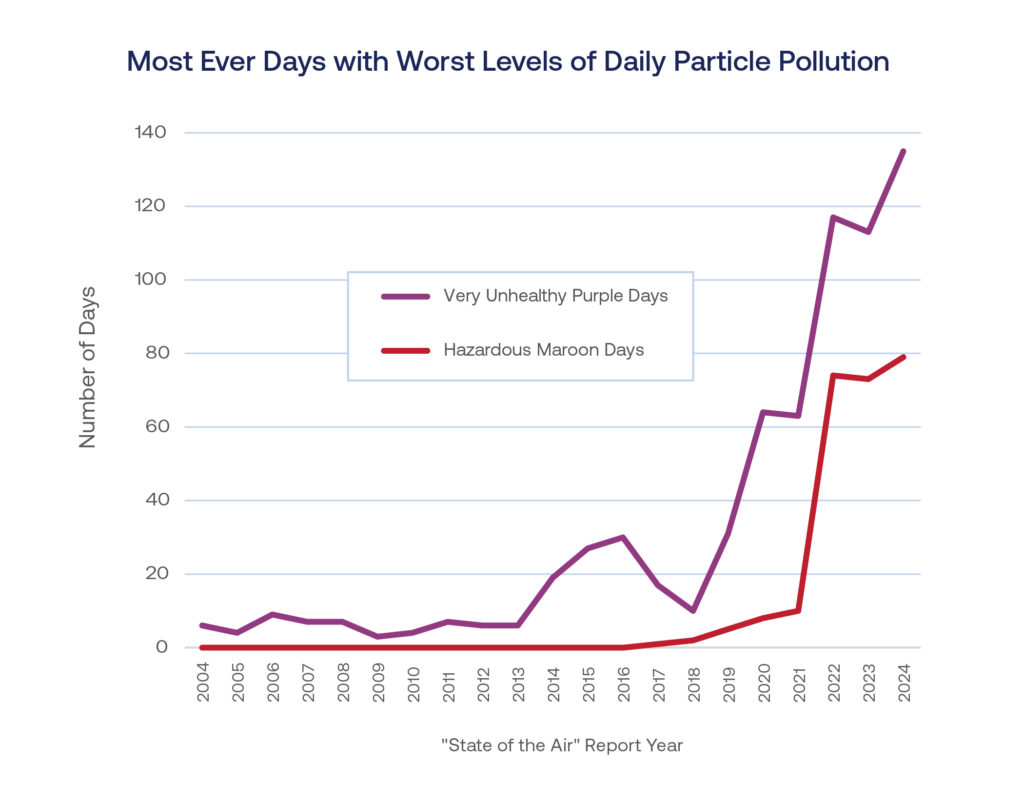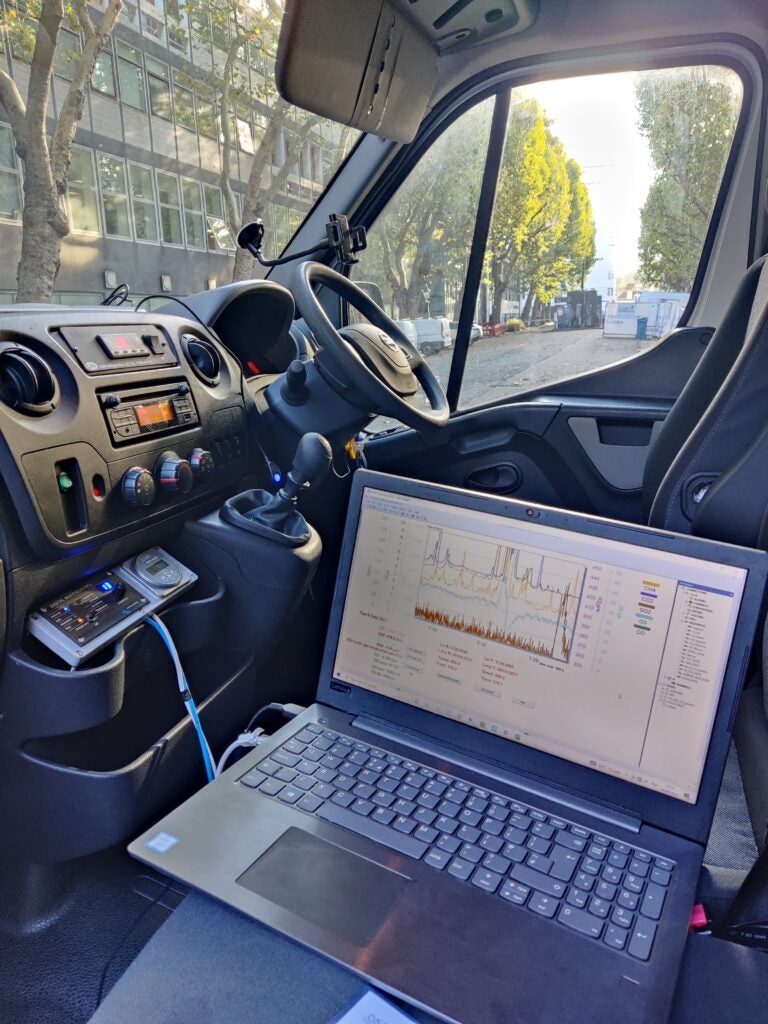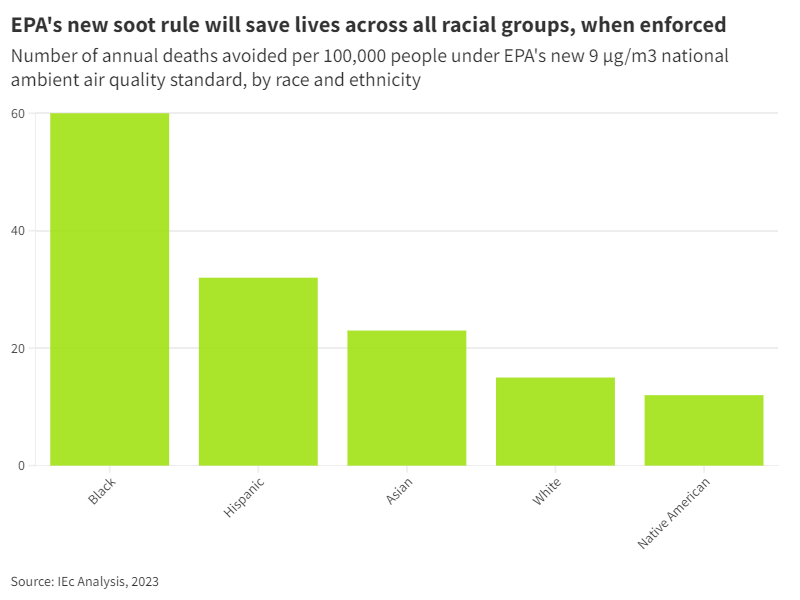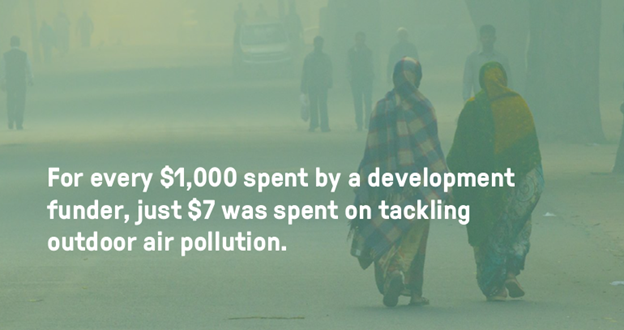What’s new: EDF released a new report tracing the growth of mega-warehouses and associated diesel truck pollution in New Jersey, building upon recent research in New York and Illinois. The launch event, held on June 18 and co-hosted by the Coalition for Healthy Ports NY/NJ, included a report overview from EDF, remarks by two state legislators and personal accounts from advocates all over the state (view the full recording above). The report found roughly one in three New Jersey residents lives within half a mile of a large warehouse of at least 50,000 square feet—the highest rate among states examined so far. Here are other key findings:
- The report identified 3,034 warehouses in the state of New Jersey. 56% of those exceed 100,000 square feet (about the size of a standard big box retailer). Together, they generate at least 380,000 truck trips every day.
- These warehouses collectively comprise 527 million square feet – up 35% in the last two decades.
- 2.7 million people – about one in three – live within a half mile of these warehouses. Some 178,000 are under age five and 350,000 are over age 64.
- Limited English populations are 1.9 times more likely to live within half a mile of these warehouses than expected, compared to statewide demographics. This group composes 0.02% of the total state population and 0.04% of warehouse neighbors.
- Hispanic/Latino populations are 1.8 times more likely to live within half a mile of these warehouses than expected, compared to statewide demographics. This group composes 20.2% of the total state population and 36.7% of warehouse neighbors.
- Low-income populations are 1.5 times more likely to live within half a mile of these warehouses than expected, compared to statewide demographics. This group composes 9.8% of the total state population and 14.8% of warehouse neighbors.
- Black populations are 1.4 times more likely to live within half a mile of these warehouses than expected, compared to statewide demographics. This group composes 14.8% of the total state population and 21.1% of warehouse neighbors.
- Indigenous American populations are 1.1 times more likely to live within half a mile of these warehouses than expected, compared to statewide demographics. This group composes 0.07% of the total state population and 0.08% of warehouse neighbors.
Why it matters: Although they play a vital role in the supply chain, diesel trucks emit significant pollution around warehouses while idling and traveling at low speeds. Regulations to protect health haven’t kept up. Research shows traffic-related air pollution increases childhood asthma risk. Asthma causes missed school days and is linked to poorer school performance. In the US, black children are nearly nine times more likely to be hospitalized and five times more likely to die from asthma compared to non-Hispanic white children. Diesel truck pollution also raises risks of preterm birth, low birth weight, dementia, heart disease, and stroke.
What’s next: policy solutions
The report arrives as state legislators consider the Warehouse and Port Pollution Reduction Act, a bill that would curb pollution at warehouses, ports and other truck attracting facilities by requiring them to implement concrete emission reduction measures. The bill would direct the state’s Department of Environmental Protection (DEP) to establish flexible compliance options alongside permitting requirements to achieve these reductions, with higher thresholds for environmental justice communities.
Go deeper: Download the full report.
The New Jersey Warehouse Boom report builds on recent similar EDF analyses in New York and Illinois, as well as a 10-state report published in 2023. Please explore these resources to learn more.













